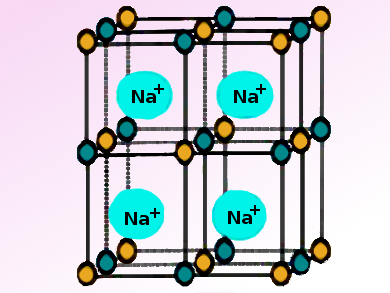Dual‐ion batteries are a promising technology, but their high self‐discharge rate is a problem. Wenhui Yuan, South China University of Technology, Guangzhou, and colleagues have developed a strategy to solve this problem by using FeFe(CN)6 as an anode material for hosting Na+ cations (pictured). The relatively high bonding force between FeFe(CN)6 and Na+ can hinder the cations’ self‐extraction from electrodes and decrease the self‐discharge rate.
The team synthesized FeFe(CN)6 nanoparticles using a solution reaction method. Then they measured the Na+ insertion into a FeFe(CN)6 anode using cyclic voltammetry (CV), galvanostatic charge‐discharge, and X-Ray Diffraction (XRD) tests. The results suggest a reversible process.
The researchers then built dual-ion batteries using FeFe(CN)6 as the anode material, natural graphite as the cathode material for hosting bis(trifluoromethanesulfonyl)imide anions (TFSI–), and NaTFSI/EMImTFSI as the electrolyte (EMIm = 1-ethyl-3-methylimidazolium). The batteries have a high Coulombic efficiency and cyclability. They also have a low self‐discharge rate with a resting capacity decay of 0.32 % h–1, outperforming most known dual‐ion cells.
- A dual-ion battery with a ferric ferricyanide FeFe(CN)6 anode enabling reversible Na+ intercalation,
Jiaxin Fan, Yaobing Fang, Qiangqiang Xiao, Runyu Huang, Li Li, Wenhui Yuan,
Energy Technol. 2018.
https://doi.org/10.1002/ente.201800978



